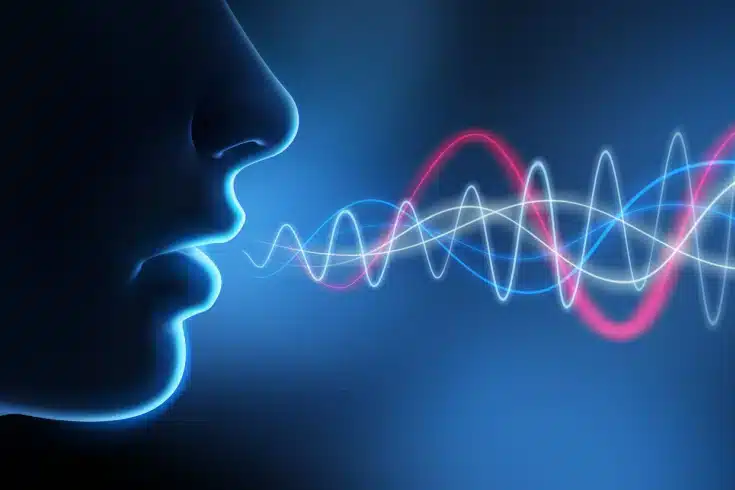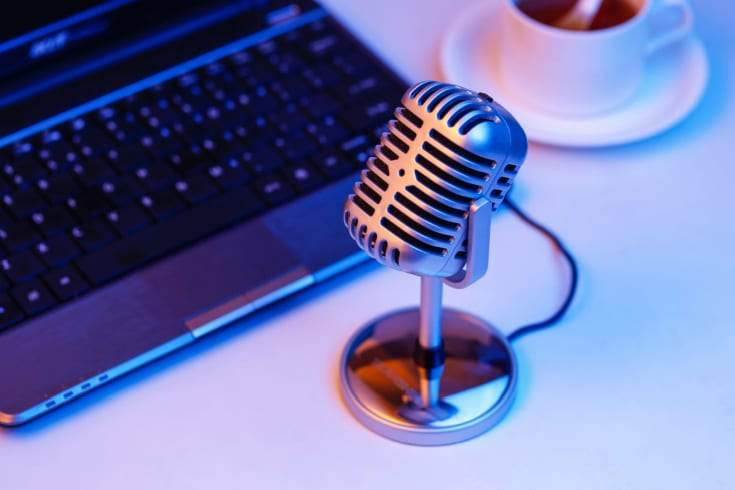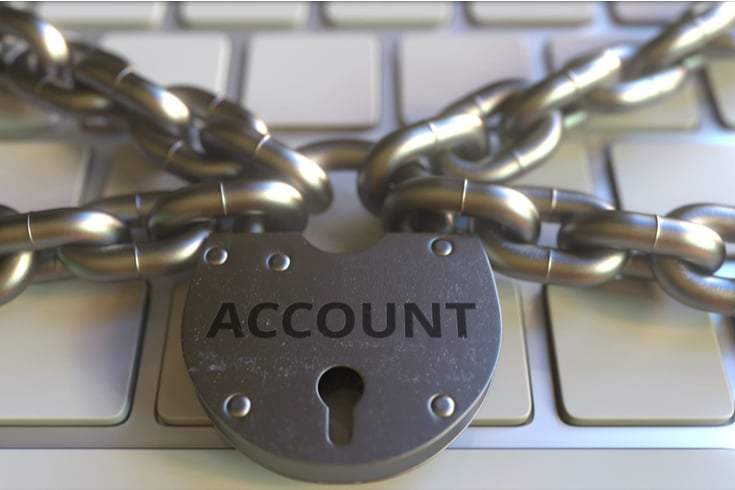Is Live Streaming Drones on YouTube Illegal? The Laws You Should Know
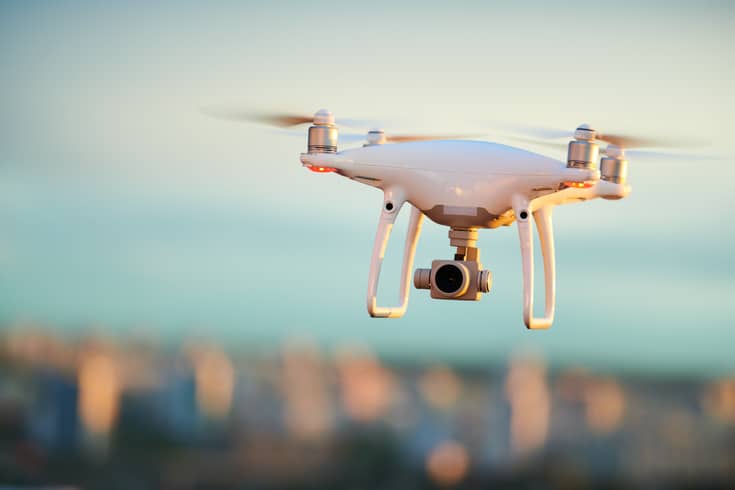
Generally, video filming is done with video cameras, but recently, there has been an increase in filming using drones.
With drone filming, it is possible to capture footage that would be difficult to shoot with a video camera. For example, in the past, if you wanted to film a mountain landscape from the sky, you would have to take a helicopter. However, recently, it has become possible to film using drones.
As the use of drones has increased, there are instances where live broadcasts using drones are conducted on YouTube.
However, due to the rapid development of drones in recent years, many people do not fully understand the legal regulations, which is the current situation.
Therefore, in this article, we will explain whether it is legal to live stream with drones on YouTube, and the laws you should know when doing so.
What is a Drone?
A drone is an unmanned aircraft that can be remotely controlled or automatically piloted.
The word “drone” also means a male bee. When a drone flies, it makes a buzzing sound similar to the hum of a bee’s wings. It is said that this is one of the reasons why they are called drones.
Drones are expected to be useful in various situations, such as filming in difficult locations, delivering goods to disaster-stricken areas where delivery is challenging, spraying pesticides, and automatic delivery of goods.
Laws Related to Drones
The following are the main laws that are relevant to drones:
- Japanese Civil Code
- Japanese Aviation Law
- Japanese Road Traffic Law
- Japanese Act on Prohibition of Flying Small Unmanned Aircraft
- Japanese Radio Law
- Local Ordinances
Relationship with the Civil Code
Firstly, in terms of the Civil Code, when using drones for live streaming, a wide range of filming is possible, which may capture various objects. Therefore, there is a possibility of infringing on others’ rights to their likeness or privacy.
Also, there is a possibility that if a drone crashes, it could damage buildings or cars owned by others, or even cause injury to others.
(Damages due to tort)
Article 709 of the Japanese Civil Code
Anyone who infringes on the rights or legally protected interests of others, either intentionally or negligently, is liable for the damages caused by this infringement.
(Compensation for non-property damage)
Article 710 of the Japanese Civil Code
Regardless of whether the case involves infringement of another person’s body, freedom, or reputation, or infringement of another person’s property rights, anyone who is liable for damages under the provisions of the preceding article must compensate for non-property damage as well.
If you infringe on the rights or property of others, you may be subject to a claim for damages due to tort. Therefore, when using drones for live streaming, it is necessary to be careful not to infringe on the rights or property of others.
Relationship with Aviation Law
There is a law called the Aviation Law that pertains to drones. In the following, we will explain about the Japanese Aviation Law.
What is an Unmanned Aircraft in Aviation Law?
Article 2, Paragraph 22 of the Japanese Aviation Law defines “unmanned aircraft” as follows. Drones fall under this definition and are therefore subject to the Aviation Law.
“In this law, ‘unmanned aircraft’ refers to airplanes, rotorcraft, gliders, airships, and other devices defined by government ordinance that are structurally incapable of carrying people, and can be flown by remote control or automatic piloting (meaning piloting automatically by program). This excludes those deemed by the Ministry of Land, Infrastructure, Transport and Tourism ordinance, considering their weight and other factors, to pose no risk to the safety of aircraft navigation, as well as the safety of people and property on the ground and on the water due to their flight.”
Japanese Aviation Law Article 2, Paragraph 22
There are cases where permission or approval is required
Under the Japanese Aviation Law, there are regulations regarding prohibited flight zones (Article 132) and methods of flight (Article 132-2).
About prohibited flight zones

(Prohibited flight zones)
No one may operate an unmanned aircraft in the airspace listed below, unless the Minister of Land, Infrastructure, Transport and Tourism has permitted the flight, recognizing that there is no risk to the safety of aircraft navigation, as well as people and property on the ground and on the water.1. Airspace defined by the Ministry of Land, Infrastructure, Transport and Tourism ordinance where the flight of an unmanned aircraft may affect the safety of aircraft navigation.
Aviation Law Article 132
2. Airspace other than that listed in the preceding item, above areas densely populated with people or buildings, as defined by the Ministry of Land, Infrastructure, Transport and Tourism ordinance.
If you plan to use a drone for live streaming in areas that fall under Article 132, items 1 and 2 of the Aviation Law, you must obtain permission from the Minister of Land, Infrastructure, Transport and Tourism in advance.
Specifically, permission from the Minister of Land, Infrastructure, Transport and Tourism is required in areas such as around airports, heliports, and airspace at a height of 150m or more from the ground or water surface.
Also, for flights over densely populated areas, permission from the Minister of Land, Infrastructure, Transport and Tourism is required.
The areas considered densely populated are determined from the results of the national census conducted every five years.
You can check the densely populated areas on the following site. If you are considering live streaming using a drone, you need to check in advance.
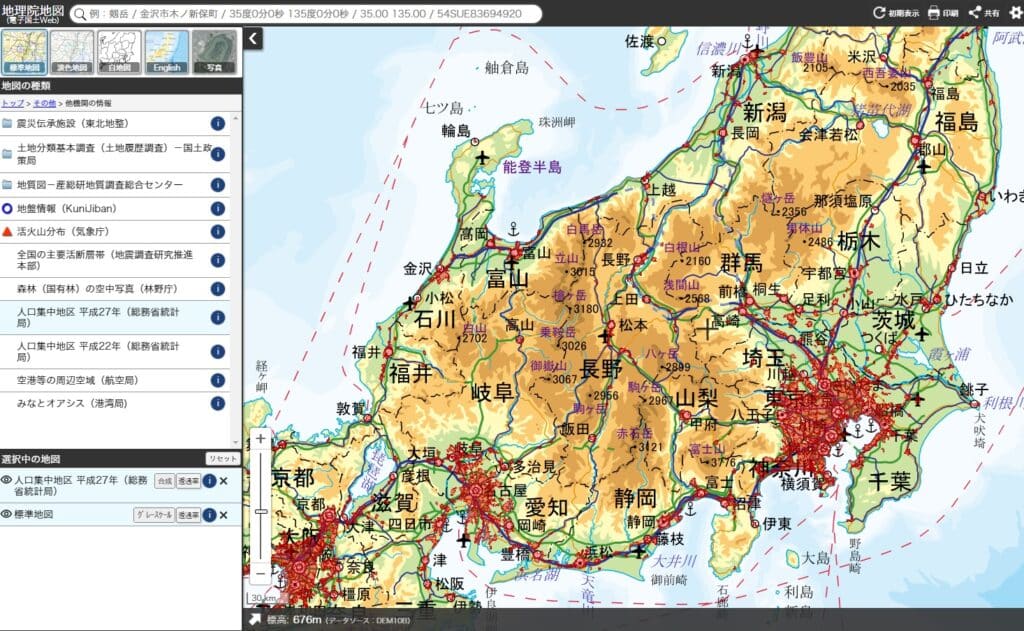
Source: Geospatial Information Authority of Japan “Geospatial Information Authority Map”[ja]
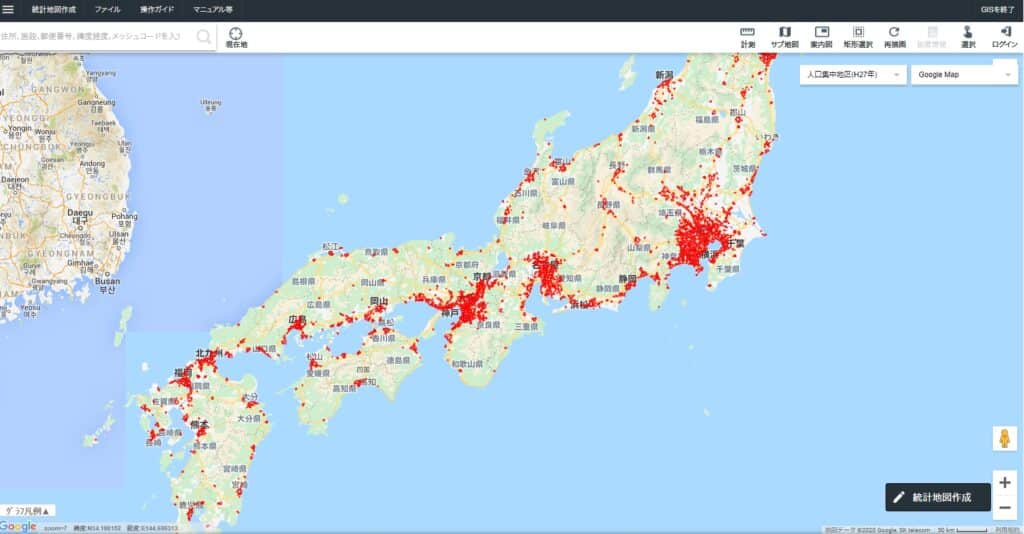
Source: e-Stat Government Statistics General Portal “Small Area Analysis by Map (j STAT MAP)”[ja]
About methods of flight
For the methods of drone flight, approval from the Minister of Land, Infrastructure, Transport and Tourism is required for night flights, flights out of visual range, flights at a distance of less than 30m from a third party, flights over areas where events are being held, flights for the transport of hazardous materials, and flights for the dropping of objects. Therefore, if you plan to use a drone for live streaming, you need to obtain approval in advance.
(Methods of flight)
Those who operate unmanned aircraft must fly them in the following ways. However, according to the provisions of the Ministry of Land, Infrastructure, Transport and Tourism ordinance, if approval has been obtained in advance from the Minister of Land, Infrastructure, Transport and Tourism that there is no risk to the safety of aircraft navigation, as well as people and property on the ground and on the water, by flying without any of the methods listed from item 5 to item 10, the aircraft may be flown in accordance with the approved method.Aviation Law Article 132-2
1. Do not fly while under the influence of alcohol or drugs that may impair the normal flight of the unmanned aircraft.
2. Fly only after confirming, according to the provisions of the Ministry of Land, Infrastructure, Transport and Tourism ordinance, that there is no obstacle to the flight of the unmanned aircraft and that other necessary preparations for flight are in place.
3. Fly by descending the unmanned aircraft to the ground as necessary to prevent collisions with aircraft or other unmanned aircraft, or by other methods defined by the Ministry of Land, Infrastructure, Transport and Tourism ordinance.
4. Do not fly in a way that causes nuisance to others, such as making a high-pitched noise or making a rapid descent, when there is no need for flight.
5. Fly only from sunrise to sunset.
6. Always monitor the unmanned aircraft and its surroundings visually during flight.
7. Maintain a distance defined by the Ministry of Land, Infrastructure, Transport and Tourism ordinance between the unmanned aircraft and people or property on the ground or on the water during flight.
8. Fly only in airspace other than that above places where festivals, fairs, exhibitions or other events where many people gather are being held.
9. Do not transport explosive or flammable items or other items that may harm people or damage other property, as defined by the Ministry of Land, Infrastructure, Transport and Tourism ordinance, by the unmanned aircraft.
10. Do not drop objects from the unmanned aircraft, except in cases defined by the Ministry of Land, Infrastructure, Transport and Tourism ordinance where there is no risk of harming people or property on the ground or on the water.
Relationship with the Road Traffic Act
When flying a drone, it is not necessary to obtain permission to use the road as stipulated under the Road Traffic Act (Japanese Road Traffic Act), as the drone flies in the air, not on the road.
However, if you are planning to conduct activities that “significantly affect general traffic by using the road for a form of passage or method that involves festivals or location shooting on the road, or by gathering people on the road, and the Public Safety Commission has determined it necessary to prevent danger on the road and ensure the safety and smoothness of traffic, depending on the road or traffic conditions of the land” (Article 77, Paragraph 1, Item 4 of the Road Traffic Act), you will need to obtain permission to use the road.
When live streaming using a drone, it is conceivable that if the streamer is popular, fans may gather and significantly affect general traffic.
Therefore, when using a drone for live streaming, it is necessary to obtain permission to use the road in advance, or to conduct the live stream in a way that does not fall under Article 77, Paragraph 1, Item 4 of the Road Traffic Act.
Relationship with the Small Unmanned Aircraft Flight Prohibition Law
There is a law related to drones, known as the “Law Prohibiting the Flight of Small Unmanned Aircraft in the Airspace Above the Surrounding Areas of Important Facilities” (hereinafter referred to as the “Small Unmanned Aircraft Flight Prohibition Law”).
Definition of Small Unmanned Aircraft in the Small Unmanned Aircraft Flight Prohibition Law
The definition of small unmanned aircraft is provided in Article 2, Paragraph 3 of the Small Unmanned Aircraft Flight Prohibition Law. It is defined as “an aircraft, rotary-wing aircraft, glider, airship or other device that can be used for aviation, which cannot be boarded by a person due to its structure, and can be flown by remote control or automatic control (meaning control automatically performed by a program).”
Since drones fall under this definition, they are considered small unmanned aircraft and are subject to the Small Unmanned Aircraft Flight Prohibition Law.
About the Prohibition of Flight in the Surrounding Areas of Target Facilities
Article 9 of the Small Unmanned Aircraft Flight Prohibition Law stipulates that “No one shall fly a small unmanned aircraft in the airspace above the surrounding areas of target facilities.”
The term “target facilities” refers to, for example, the following facilities, and the “surrounding areas of target facilities” refers to the airspace above the target facilities and their surrounding areas, generally within a radius of 300 meters.
- The National Diet Building
- The Prime Minister’s Official Residence and the official residences of the Prime Minister and the Chief Cabinet Secretary
- The office buildings of specific target crisis management administrative agencies
- The Supreme Court building located in Hayabusa-cho, Chiyoda-ku, Tokyo
- The Imperial Palace and the Imperial Residence located in Moto-Akasaka 2-chome, Minato-ku, Tokyo
- Facilities designated as specific political party offices
- Facilities designated as specific foreign embassies, etc.
- Facilities designated as specific nuclear power plants
The provisions of the Small Unmanned Aircraft Flight Prohibition Law do not apply in the following exceptional cases:
- Flights by the manager of the target facility or those who have obtained their consent
- Flights conducted in the airspace above the land owned by the landowner, etc.
- Flights conducted in the airspace above the land for which the consent of the landowner has been obtained, by those who have obtained such consent
- Flights conducted for the purpose of carrying out the duties of the national or local public entities
However, even for flights conducted in the airspace above the premises or areas of target defense facilities such as Self-Defense Forces facilities and target airports, by the landowner or occupier of the land, or for flights conducted for the purpose of carrying out the duties of the national or local public entities, the consent of the manager of the target facility is required.
Therefore, when using drones for live streaming, it is necessary to ensure that the streaming is conducted in a manner that does not violate the Small Unmanned Aircraft Flight Prohibition Law.
Relationship with the Radio Law (Japanese Radio Act)
When remotely operating a drone, radio waves are emitted from the remote control to the drone itself. Additionally, the drone also emits radio waves when transmitting images or videos captured by it.
The main wireless communication systems anticipated for drone use in Japan are as follows:

Under the Radio Law, when using radio waves, it is necessary to use wireless equipment that conforms to domestic technical standards. In principle, it is also necessary to obtain a license or registration from the Minister of Internal Affairs and Communications and establish a radio station (except for weak radio stations and some low-power radio stations).
When live streaming using a drone, it is necessary to check what frequency the drone emits and, if necessary, obtain a license or registration from the Minister of Internal Affairs and Communications.
For detailed standards, please refer to the following website of the Ministry of Internal Affairs and Communications.
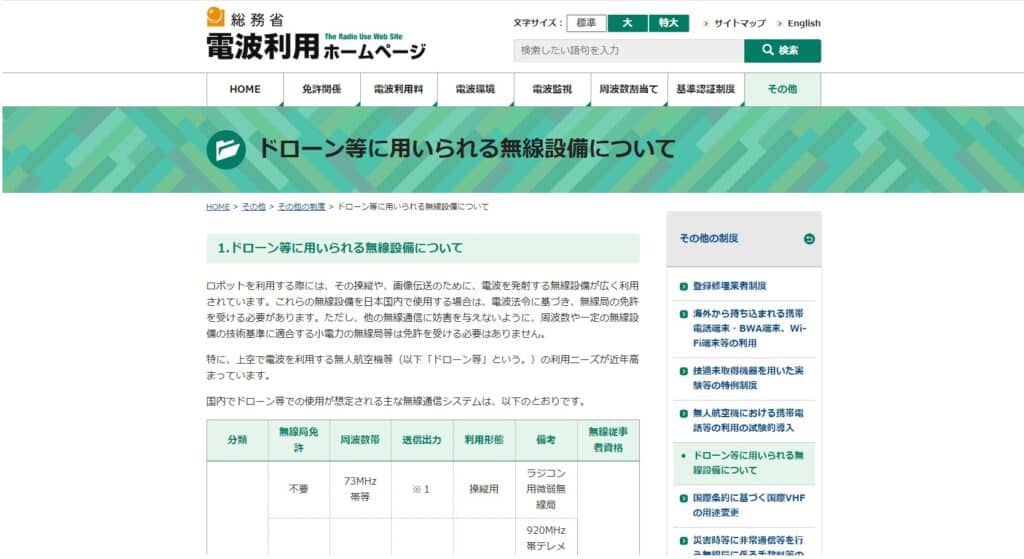
Source: About wireless equipment used for drones [ja]
Relationship with Ordinances

When using drones for live streaming, it is necessary to pay attention to the relationship with local ordinances.
For example, in Shibayama Town, Chiba Prefecture, an ordinance called the “Japanese Ordinance on the Establishment and Management of Airplane Hill” has been enacted, which prohibits the use of small unmanned aircraft such as drones (Article 6, Paragraph 9 of the Japanese Ordinance on the Establishment and Management of Airplane Hill).
There may be people who want to live stream from a park using a drone, but the use of drones in parks may also be prohibited by ordinance.
Therefore, it is important to thoroughly check the ordinances.
For ordinances related to drones, the Ministry of Land, Infrastructure, Transport and Tourism has published a list as follows. If you are considering live streaming using a drone, please refer to it.
https://www.mlit.go.jp/common/001228076.pdf[ja]
(Source: Japanese Ordinances Restricting the Flight of Unmanned Aircraft)
Summary
We have discussed whether it is legal to live stream drone footage on YouTube, and the laws you should be aware of when doing so.
Given the rapid development of drone technology in recent years, the current situation is that many people are not fully aware of the legal regulations surrounding it. Therefore, it is important to ensure that you do not violate any laws when using a drone for live streaming on YouTube.
In particular, because you cannot edit live streams, it is essential to check everything in advance to avoid mistakes.
As the legal regulations regarding live streaming with drones on YouTube require specialized legal knowledge, we recommend consulting with a law firm if you have any concerns.
Category: Internet


